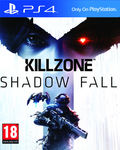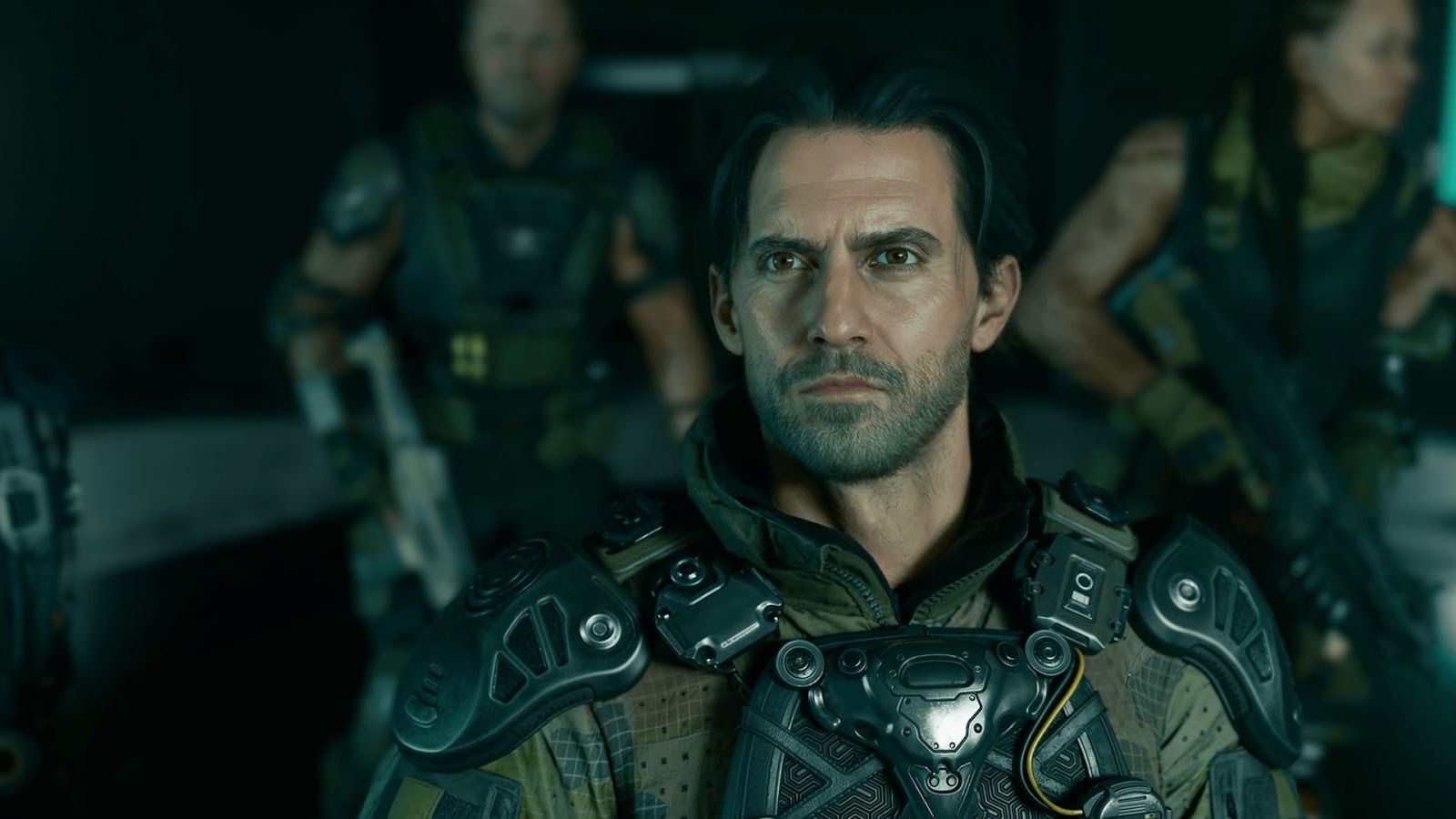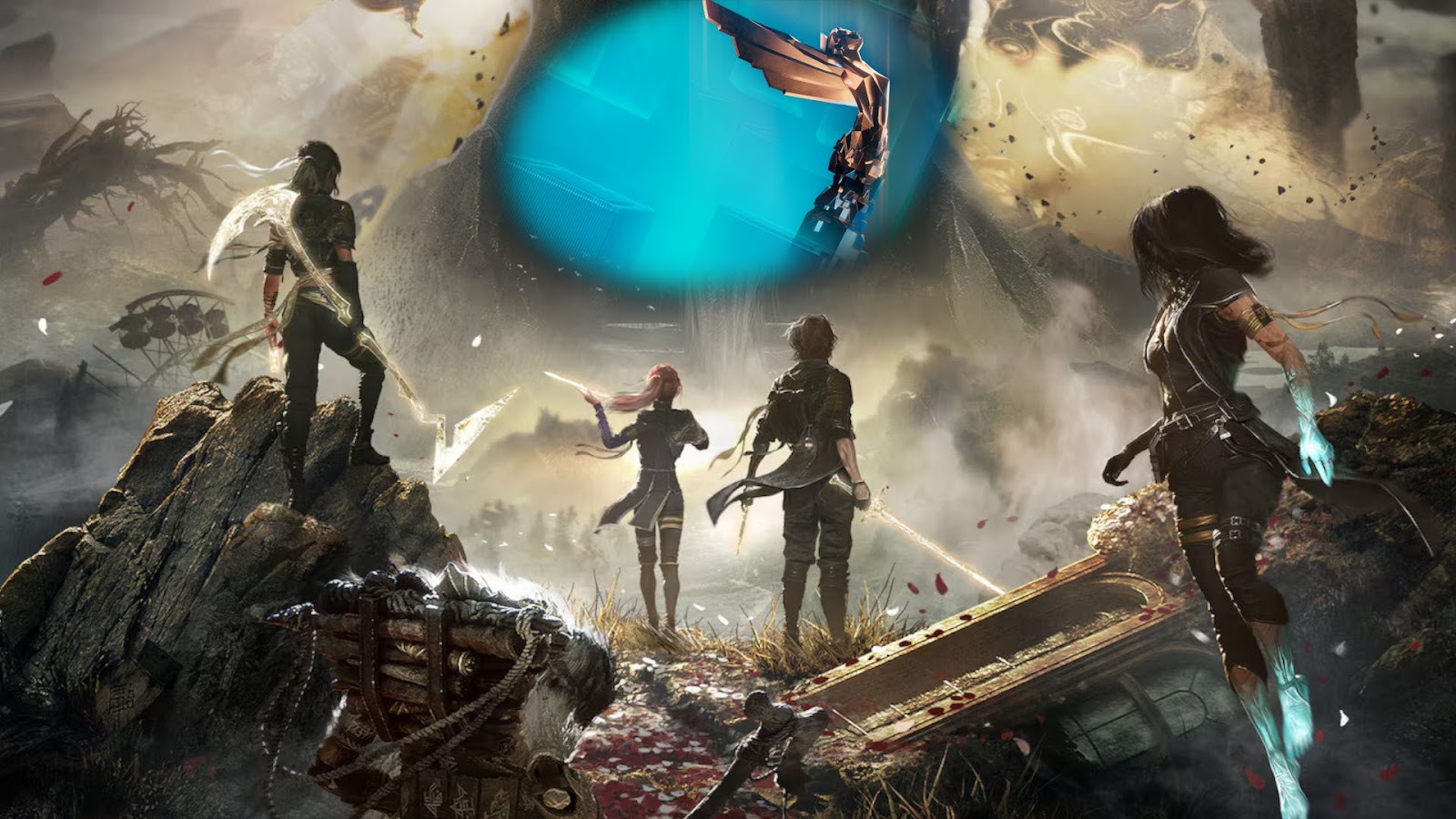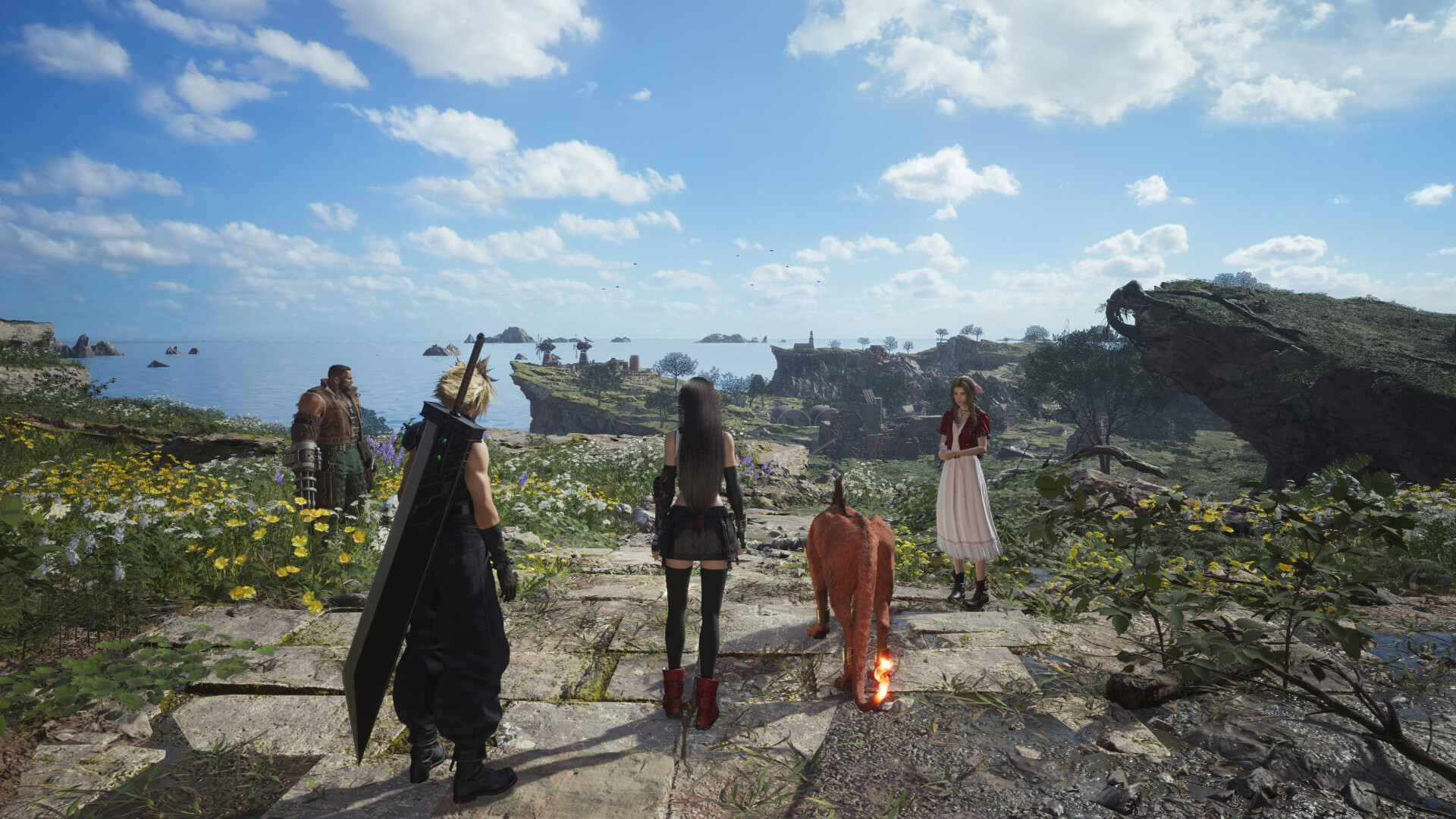You can trust VideoGamer. Our team of gaming experts spend hours testing and reviewing the latest games, to ensure you're reading the most comprehensive guide possible. Rest assured, all imagery and advice is unique and original. Check out how we test and review games here
Editor’s Note: This is a single-player review of Shadow Fall. As multiplayer wasn’t available at the time of review, VideoGamer.com has decided not to publish a score at this time.
We will update the review with multiplayer impressions and a score once we have experienced it.
Minor spoilers within
‘Am I a dwarf?’ This was a genuine question I asked myself a few hours into Shadow Fall. The answer, of course, is no – the camera is just curiously low to the ground. This, however, is classic Killzone, as is the rest of the game: gorgeous, weighty, interesting, silly, overwrought, dated, and dull.
As a technical showcase, Shadow Fall is impressive. Texture quality (for the most part) is high, and the amount of world geometry they cover gives the game a dense, intricate look and feel. Frame rates are stable with lighting, draw distance and levels of detail being simply superb. It’s an excellent backdrop for Guerrilla to tell its tale of a world divided by a global Iron Curtain, and PS4’s technical advantages are a demonstrable boost to the aim of making players feel like they’re participating in a world at war.
It’s not just on larger scales where Guerrilla makes an impression, either. Take a look around the ghetto of New Helghan, and you’ll find tiny bits of detritus, rendered in formidable detail, with sprockets, pencils and other trinkets lying around. It’s a dirty world, and the PS4 renders it well.
The narrative – a Cold War where infiltration, subterfuge and covert ops reign – is just as murky. The conflict is built upon the examination of who the good and bad guys actually are, with allegiances shifting as propaganda loses its power and new revelations unfold. It’s a world away from the nonsense jingoism of Call of Duty: Ghosts, for example, but at the same time it’s predictable and basic, with the ending telegraphed within about 25 minutes of the game starting. It is, essentially, just a far more po-faced exploration of this.
It drives the story well enough though, even if it’s not anything special. More than that, it enables Guerrilla to send the player anywhere it wants in said world. In fairness, the developer mixes locations up well: from abandoned space stations to gleaming cities of the future. Blade Runner is a huge influence, as is, it appears, Dredd’s Mega City One. There’s also a large dollop of Metropolis in the over and underworlds – and their denizens – that form the conflict.
Obvious touchstones, but again, the level of detail makes plowing through them rewarding. Sadly – a few missions aside – the combat situations you find yourself in during your jaunts are just plain dated, a mixture of attritional pop-shotting and slow, creeping advancement. Enemy AI isn’t stupid, but it’s not strong enough to do anything but rush you or wait for you to fillet them.
It’s a shame, because Guerrilla gives you the tools to create interesting combat scenarios; it’s just they’re never needed. You’re almost constantly accompanied by the OWL, a drone which you can instruct to hack terminals, shoot enemies, short out electric defences and even use as a portable zipline. There are also non-drone buffs, such as a cool radar ping system that is activated by holding right on the d-pad. Holding it for longer reveals enemies further away, but press it for too long and it’ll give away your position to said troops.
Again, though, a lack of Helghast types and tactics will see you inching through enemy lines, blasting away. Stealth is encouraged, but rarely necessary, and you’ll be soon be reaching for the big guns. The closest you’ll ever get to needing strategy will be when you’re rushed by a certain foe which has an energy-based overshield that must be destroyed first.
While the shooting itself is fairly strong, with nice physics and a satisfying punch to everything you fire, your weapons aren’t overpowered enough to give the game a silly, old school-vibe that would suit the sheer volume of people you have to wipe out. On the other hand, the game isn’t refined enough for you to need anything other than the gun you start with and one other of your choice. It’s an unhappy medium: occasionally satisfying but mostly just rote futuristic killing.
It’s a problem made worse by the fact that players are meant to take the aforementioned narrative – and such, your justification for all this homicide – seriously, which is nearly impossible given that a) it’s so ponderous and obvious and b) the player is about six steps ahead of the main character at all times. I killed about seven thousand people, simply because, well, I was told to. I knew I was the bad guy from about an hour in, but had to wait for the game to tell me I was. Then I killed more people.
And if you don’t have exciting combat, or a good enough story, then you at least need massive set-pieces, and again Killzone is lacking. Call of Duty’s campaigns may seem as if they’ve been written by an eight-year-old GI Joe fanatic, but at least they build to… something. Anything. Here, you fly to a space station, and spend your time collecting and installing more power plugs than the average LAN party. At one point you return to Helghan itself, where you… collect power sources and plug them in.
One escape-based level in Containment City – a dank, depressing torture facility-turned refugee slum – aside, other missions and objectives are also standard fare. There’s a stealth mission, a sniping mission, a mounted turret section. Most of the press previews that I (and other members of the team) attended were focused on an early forest level, which gives players plenty of scope to use the OWL to exploit its open spaces and high vantage points.
It’s the one mission that shows off the flexibility of the game’s systems, but sadly, the missions soon devolve into more linear affairs, with (for the most part) each being as repetitive as the last. Kill, move on, kill, move on.
Again, it’s not terrible, just rather played out. What is terrible, however, is that the button for crouch is the same for climbing ladders, making ledge sniping a nice guessing game; that NPC faces are often identical; or that you can enter a Helghan slum and be berated for being Vektan master race scum, but shoot someone’s wife and watch everyone collectively shrug…
Like Crytek and its flagship series, Guerrilla Games is a master at creating technically excellent but utterly lifeless titles – the ‘game’ element is seemingly little more than an interactive showcase for its skills. Killzone: Shadow Fall is both ahead and behind the times, with gameplay sadly falling into the latter category.
Campaign completed in 8 hours.
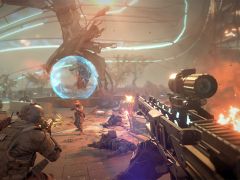
/https://oimg.videogamer.com/images/9843/killzone_shadow_fall_16.jpg)
